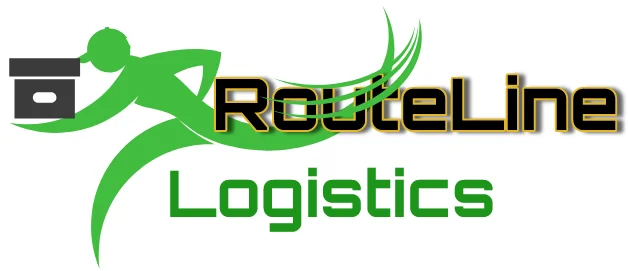Discover lean principles that eliminate waste, reduce costs, and improve efficiency throughout the supply chain.
**Value Stream Mapping**
Visual mapping of material and information flows identifies waste and improvement opportunities. Value stream analysis reveals non-value-added activities that can be eliminated or improved.
**Waste Elimination**
The seven wastes of lean (overproduction, waiting, transportation, overprocessing, inventory, motion, defects) provide a framework for identifying improvement opportunities. Systematic waste elimination can reduce costs by 15-25%.
**Pull-Based Systems**
Pull systems produce and move materials based on actual demand rather than forecasts. This approach reduces inventory levels and improves responsiveness to customer needs.
**Continuous Improvement (Kaizen)**
Regular improvement activities engage employees in identifying and implementing small, incremental changes. Kaizen culture creates ongoing efficiency gains and employee engagement.
**Supplier Integration**
Lean principles extend to supplier relationships through collaborative planning, shared metrics, and joint improvement initiatives. Integrated supply chains achieve better performance than individual optimization.
**Quality at the Source**
Building quality into processes rather than inspecting it in reduces defects and rework. Poka-yoke (error-proofing) techniques prevent mistakes before they occur.
**Standardization**
Standardized processes ensure consistent performance and enable continuous improvement. Standard work provides the foundation for identifying and implementing improvements.
Lean supply chains achieve superior performance through systematic waste elimination and continuous improvement.
